Sweater Manufacturing Basics
QITE CLOTHING
August 5, 2024
1.Sweater stitch length
When discussing the composition of sweater design and craft weaving, the primary concern is the needle spacing of sweater. Common gauge sizes include1, 3, 5, 7, 9, 12, 14, 16, and 18 stitches. Stitch spacing is actually how many stitches there are in an inch (2.54cm), that is, how many G (G is the symbol for the number of stitches). Their visual difference is mainly reflected in the density. The smaller the number, the bigger the needle; The larger the number of stitches, the smaller the needle spacing, so the finer the yarn suitable for weaving. So, the finer the yarn, the thinner and lighter the woven sweater, and the longer the running time of the loom. And, the thickness is not only expressed by the needle, the thickness is also related to the thickness of the line, the thicker the line, the thicker the sweater, the specific depends on the nature of the material used.

2. Wool classification
we talk about wool, The main categories include natural yarns (such as cotton yarn, ramie, flax, etc.), animal hair (such as wool, sheep wool, camel wool, cashmere, silk, rabbit hair (Angora)), and artificial and synthetic yarns (such as core-spun yarn, rabbit hair Angora, cotton, bulk cotton, imitation cotton, acrylic, artificial hema hair, polar wool, mink hair, chenille, fancy yarn, etc.).
Fancy yarn is called “unconventional yarn” because of its strong appearance and the use of different components and proportions of yarn combinations to make a variety of yarns. In recent years, many customers are interested in developing fancy yarn.
In addition, cotton yarn, better quality core-covered yarn, Arctic velvet, mink hair and so on are more favored by customers. Among the many yarns, mink-like mink is developed by several brands. With the development of the market, the development trend of customers is to go to multiple processes, so fancy yarn, such as loop yarn, gradient class, etc., has also gained a greater welcome.
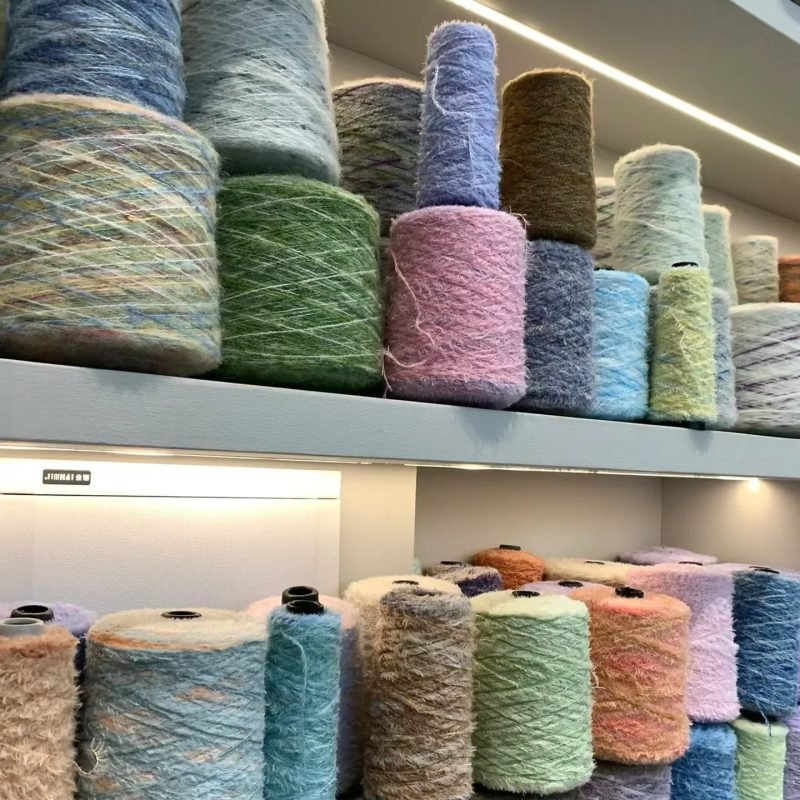
3. Common knitting equipment for sweaters
The manufacture of sweaters involves a series of complicated processes and equipment. First of all, we need to use computer flat machines, such equipment is generally divided into more expensive imported machines and cheaper domestic machines. In the general understanding, the price of the equipment is closely related to the number of nozzles, and the more nozzles, the higher the price. The nozzles refer to how many threads can enter the woven piece at one time, the more the number of nozzles, the more complex the pattern can be shaped, and the more colors can be combined on the same piece of cloth. Imported computer flat knitting machine because of its yarn nozzle, can produce more rich patterns, high tissue density, in the case of the same needle distance, imported woven products will be more dense, it is not easy to leak needles.
Secondly, we will use a disk sewing machine. The function of the sewing machine is to sew a piece of wool woven pieces together by the machine to form a garment. Here, we need to understand the difference between wool knitting and woven knitting: sweater is made of yarn woven into wool knitting sheet through the ring organization, and stitched by the sewing machine; And woven garments are cloth cut pieces with flat car, 冚 car and so on stitched into garments. In the entire process of sweater production, after the wool knitting sheet is done, it is also necessary to rely on these two devices to sew the garment.
In the entire production process, washing and drying equipment also plays an important role. This is a process in which the woolen garment is softened by heat. The newly woven wool pieces are relatively hard after sewing, and after washing and drying, they can reach a skin-friendly feel. The length of washing time, the length of drying time, and the length of soaking time will affect the feel of the clothes. In the process of washing water, some products will use softeners, color fixing agents, etc., which is also a key link in density shaping.
After that, we need to do the ironing. Because of its soft and unshaped characteristics, the sweater needs to be ironed with an ironing board that has been set by the production size during ironing, and then ironed and shaped at high temperature. Especially for factories that do market goods, sewing plates also account for a lot of the cost of clothing.
The phenomenon of sweater pilling is influenced by many factors, including the choice of wool, production process, and washing method. The more raw materials containing wool, the better the fineness, the denser the surface scales of the sweater, the more dispersed scales after cleaning, these scales after friction entanglement, it is easy to appear pilling phenomenon. In addition, the manufacturing process of the sweater can also affect whether it is easy to pilling. Soft, delicate and skin-friendly sweater in the production process, if the process is not tight enough, or the twist is loose, it is prone to pilling. Washing method is also a key factor, under the strong action of the washing machine, friction is intensified, it is easy to cause the sweater pilling.


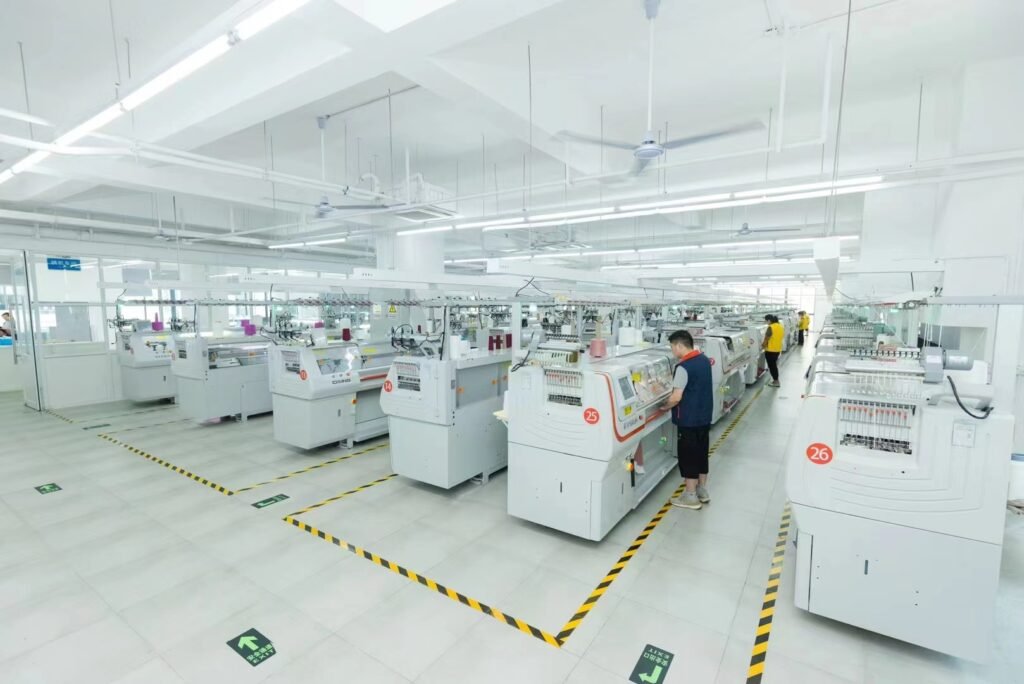
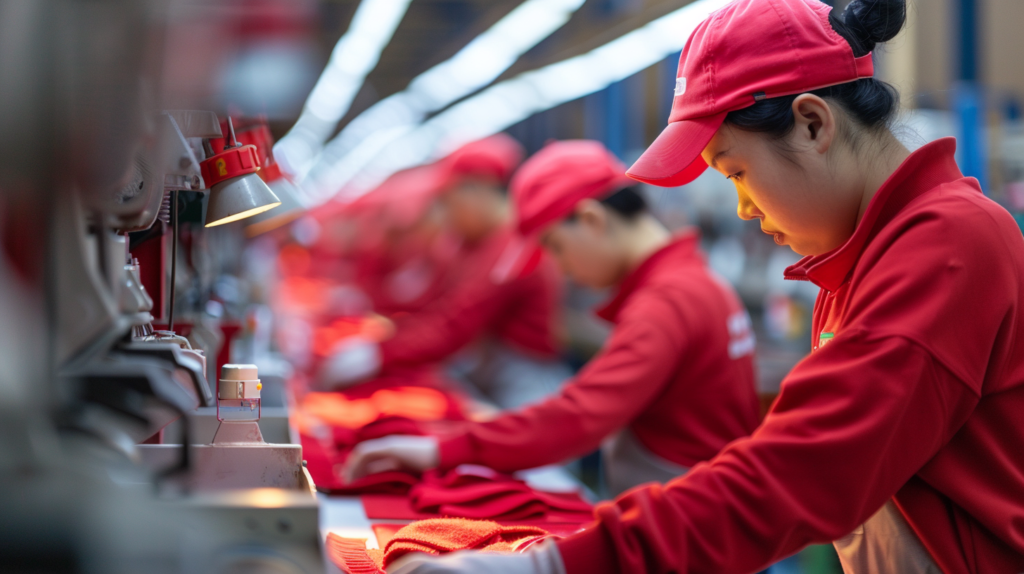
4. General process of sweater from design to production
Design draft → Determine the wool needle technology → scare number master measure the square, rough write scare number → test knitting pieces, Feel the thickness measurement to determine the ok to arrange the garment sample first, trial version to write comments out copies, ok to prepare production to prepare bulk wool, wool production in large cargo before sample to loom weaving – workers check pills, sewing plate joint to wash water softening drying, after finishing to manually open clamp, do process (printing, Embroidery, etc.) → buried clip → steam ironing, combined with the size of the ironing → after inspection, inspection of defects → packaging/packing and shipping.
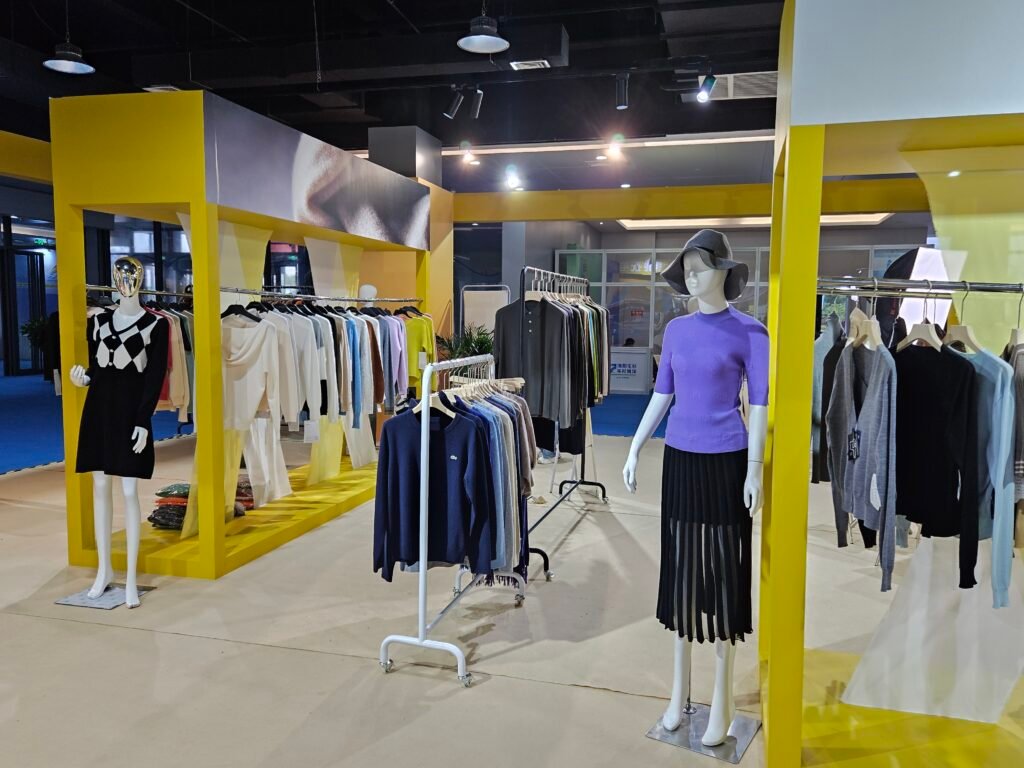


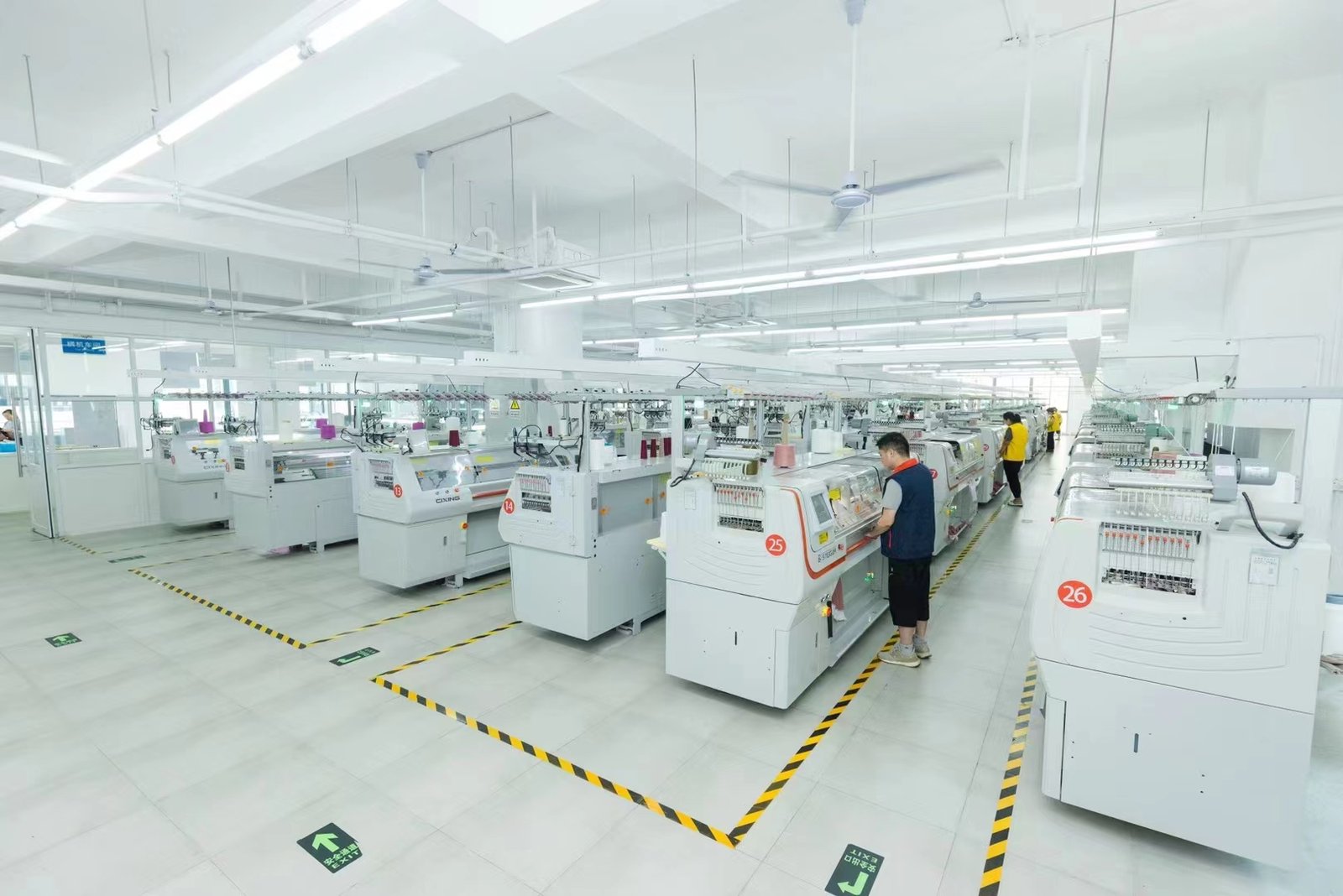
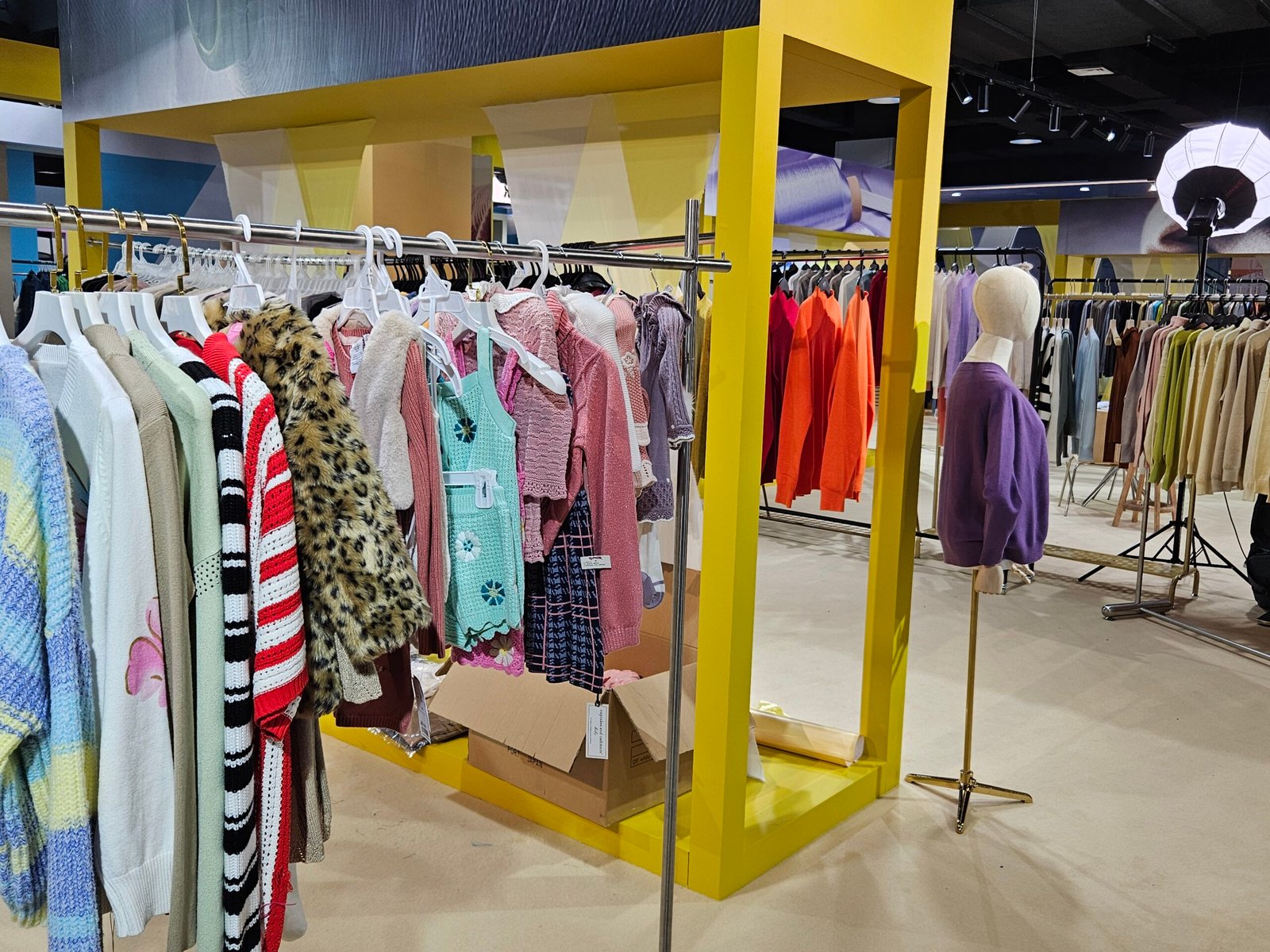
One Response